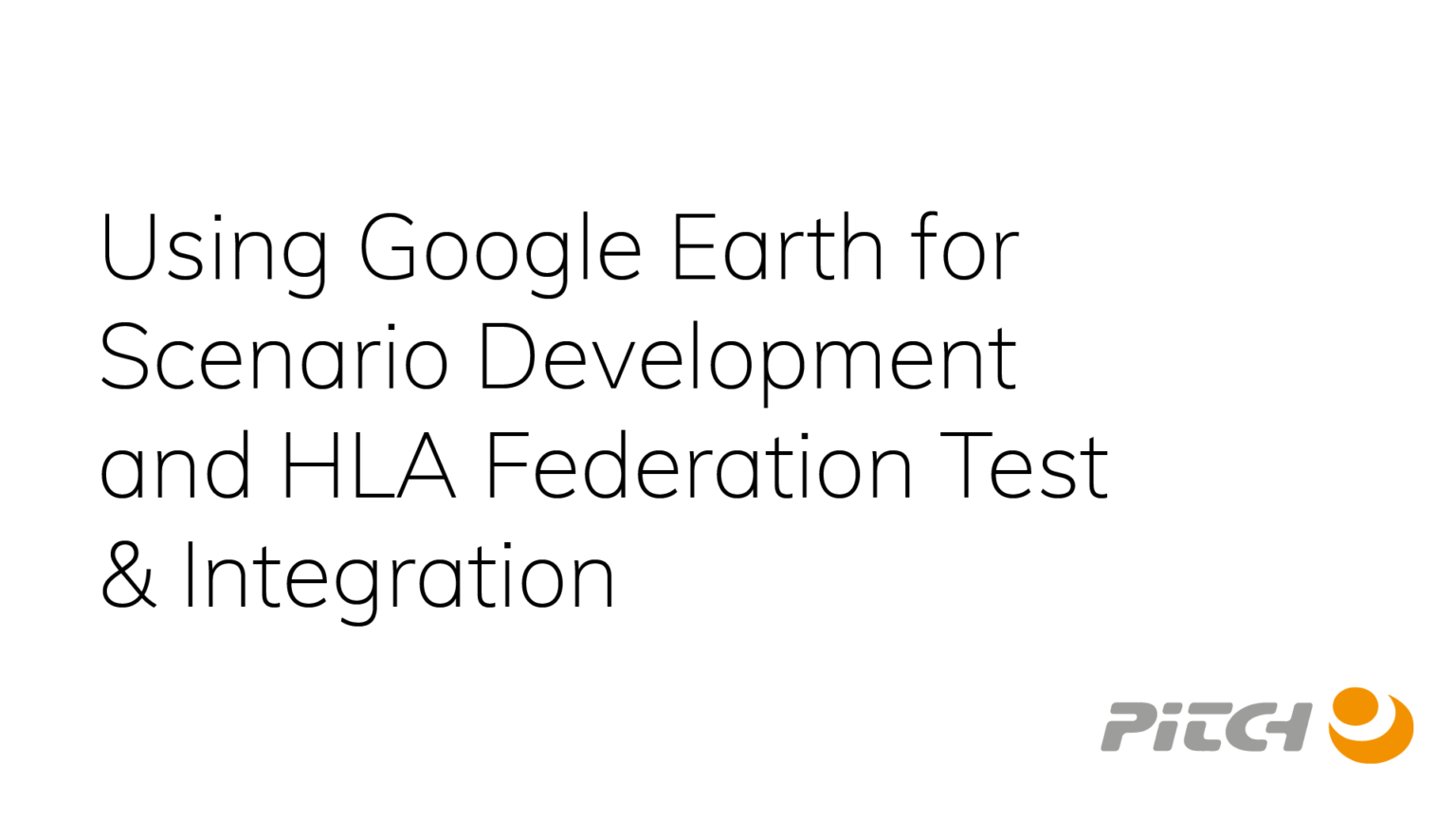ABSTRACT: Developing scenarios is a time consuming activity. There is a huge potential for saving time and money if feedback from end users and subject matter experts can be collected at an early stage and used to update the scenario.
Scenario development tools often provide the user with a rich set of functions to specify the initial spatial location of entities and units on the terrain. In the scenario the sequence of events, often in the form of tactical graphics, are also used to convey a common understanding of the total scenario layout. The scenario and conceptual model information such as entity type enumerations plays a key part in the development of the federation. Early access to and sharing of this type of information will reduce integration time and cost by ensuring that all participants have a shared common view of the overall scenario.
This paper describes practical experiences from the JT2SE (Joint Training Transformation Special Event) federation (shown in the JFCOM booth during ITSEC 2007) where a scenario was rapidly sketched in Google Earth, executed in a CGF compliant with the Google Earth data formats and finally visualized to end users and SMEs in Google Earth. The
same scenario data was also recorded in a data logger and used for test and integration, for example by sending it to participants for testing before the integration event took place.
Our conclusion is that, based on a mix of commercial technologies like Google Earth and SISO standards like HLA, the scenario development time and presentation of scenario information will be greatly improved. Early access to recorded data representing the scenario also reduced risk and integration time in JT2SE by allowing federate owners to perform
more extensive pre-integration tests.
Authors: Björn Löfstrand, Björn Möller
Publication: Proceedings of 2008 Spring Simulation Interoperability Workshop, 08S-SIW-093, Simulation Interoperability Standards Organization, April 2008.

